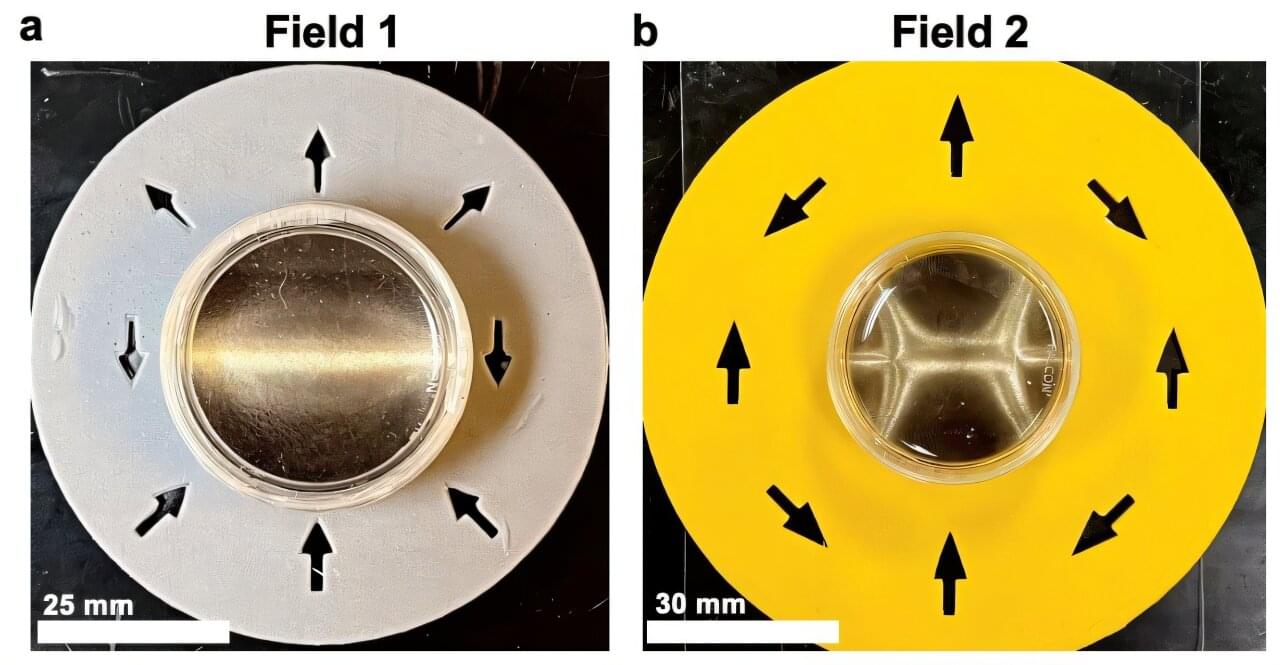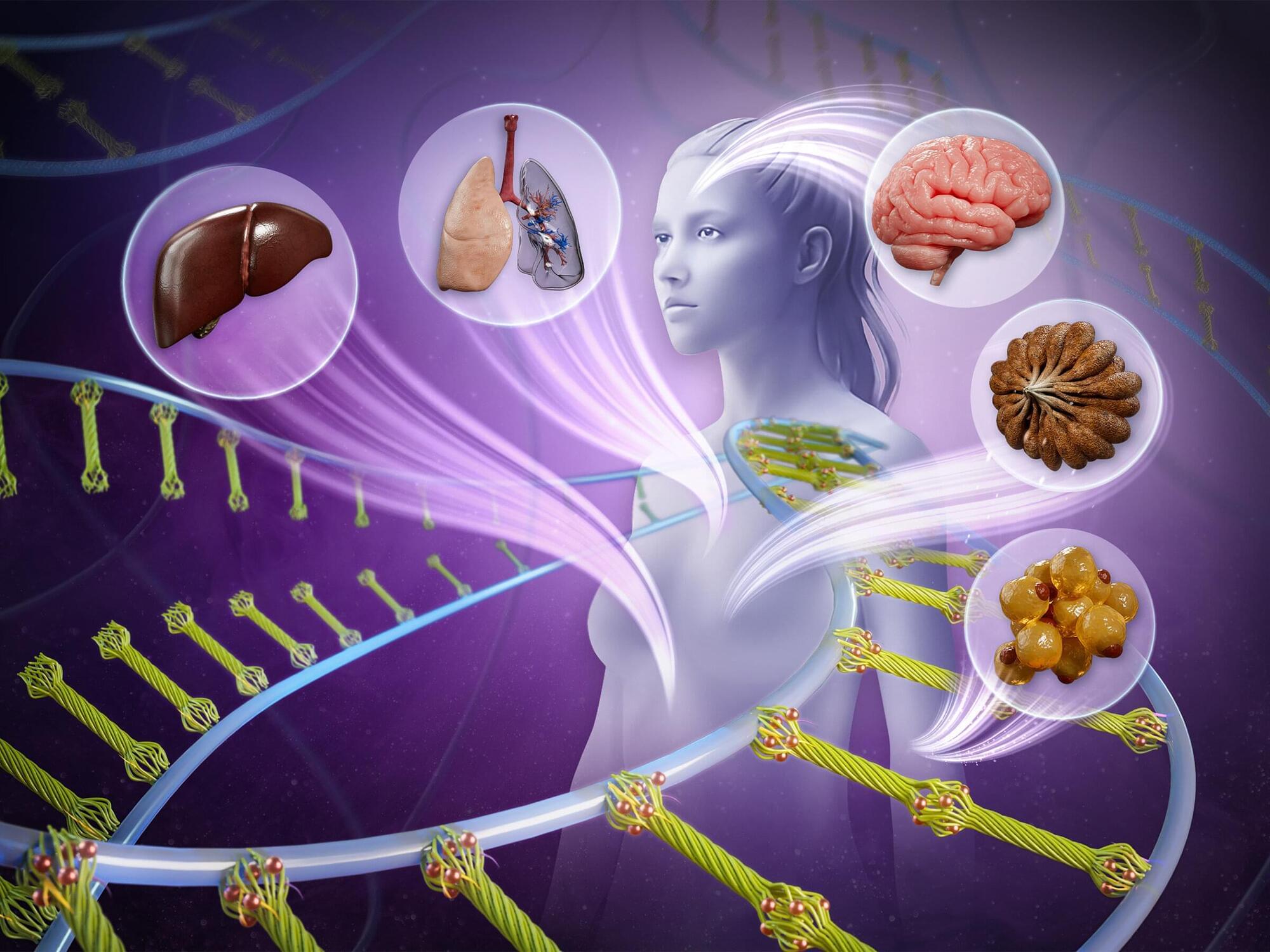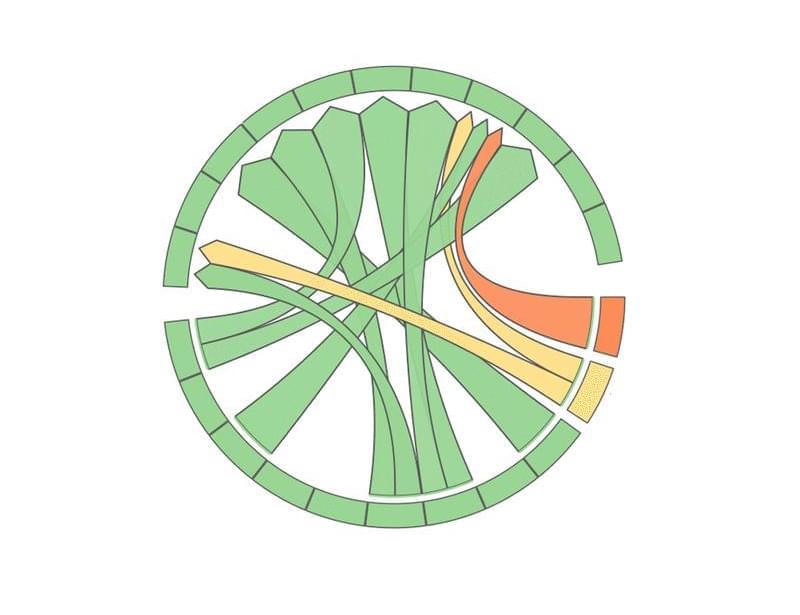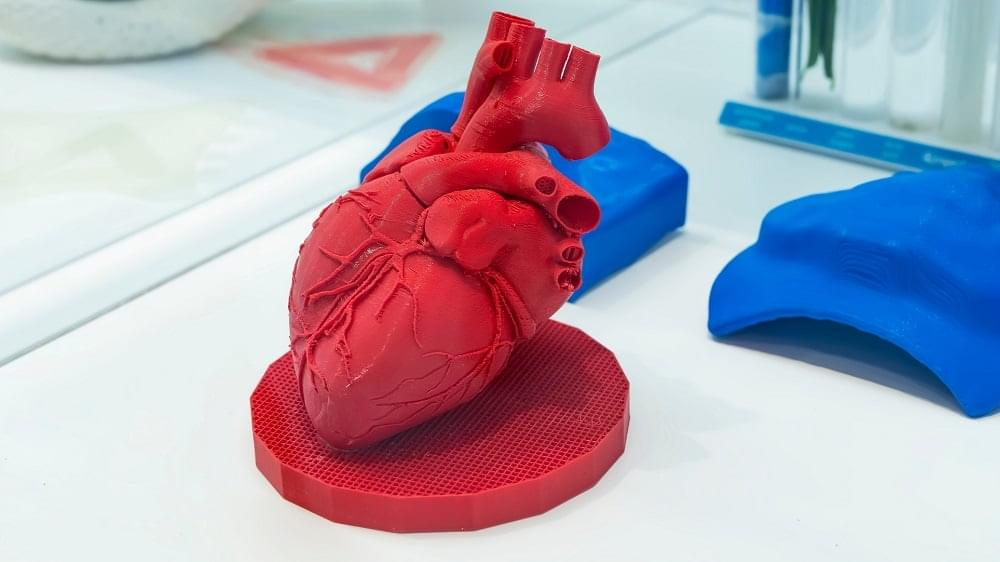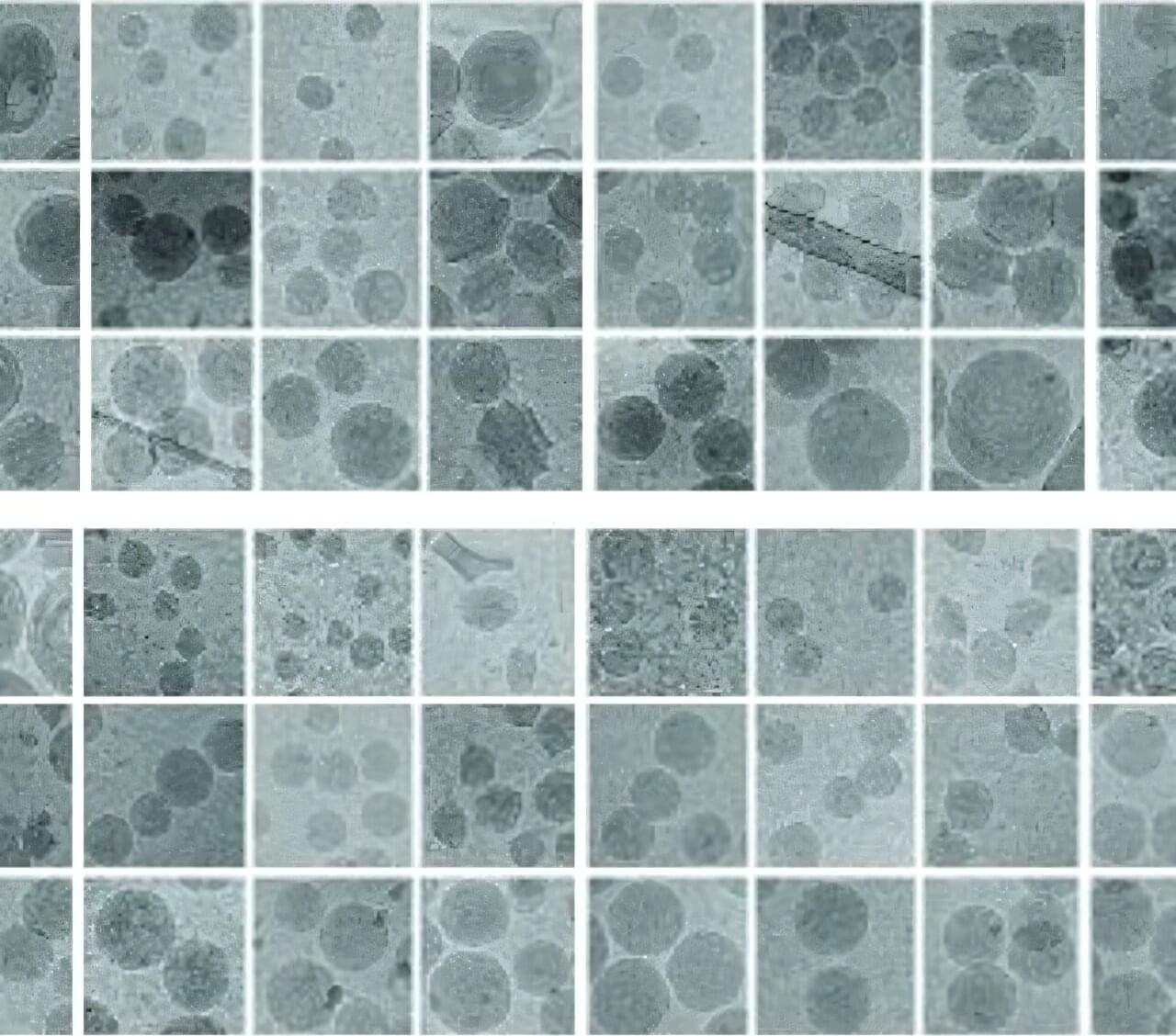An Oregon State University researcher has helped create a new 3D printing approach for shape-changing materials that are likened to muscles, opening the door for improved applications in robotics as well as biomedical and energy devices.
The liquid crystalline elastomer structures printed by Devin Roach of the OSU College of Engineering and collaborators can crawl, fold and snap directly after printing. The study is published in the journal Advanced Materials.
“LCEs are basically soft motors,” said Roach, assistant professor of mechanical engineering. “Since they’re soft, unlike regular motors, they work great with our inherently soft bodies. So they can be used as implantable medical devices, for example, to deliver drugs at targeted locations, as stents for procedures in target areas, or as urethral implants that help with incontinence.”
